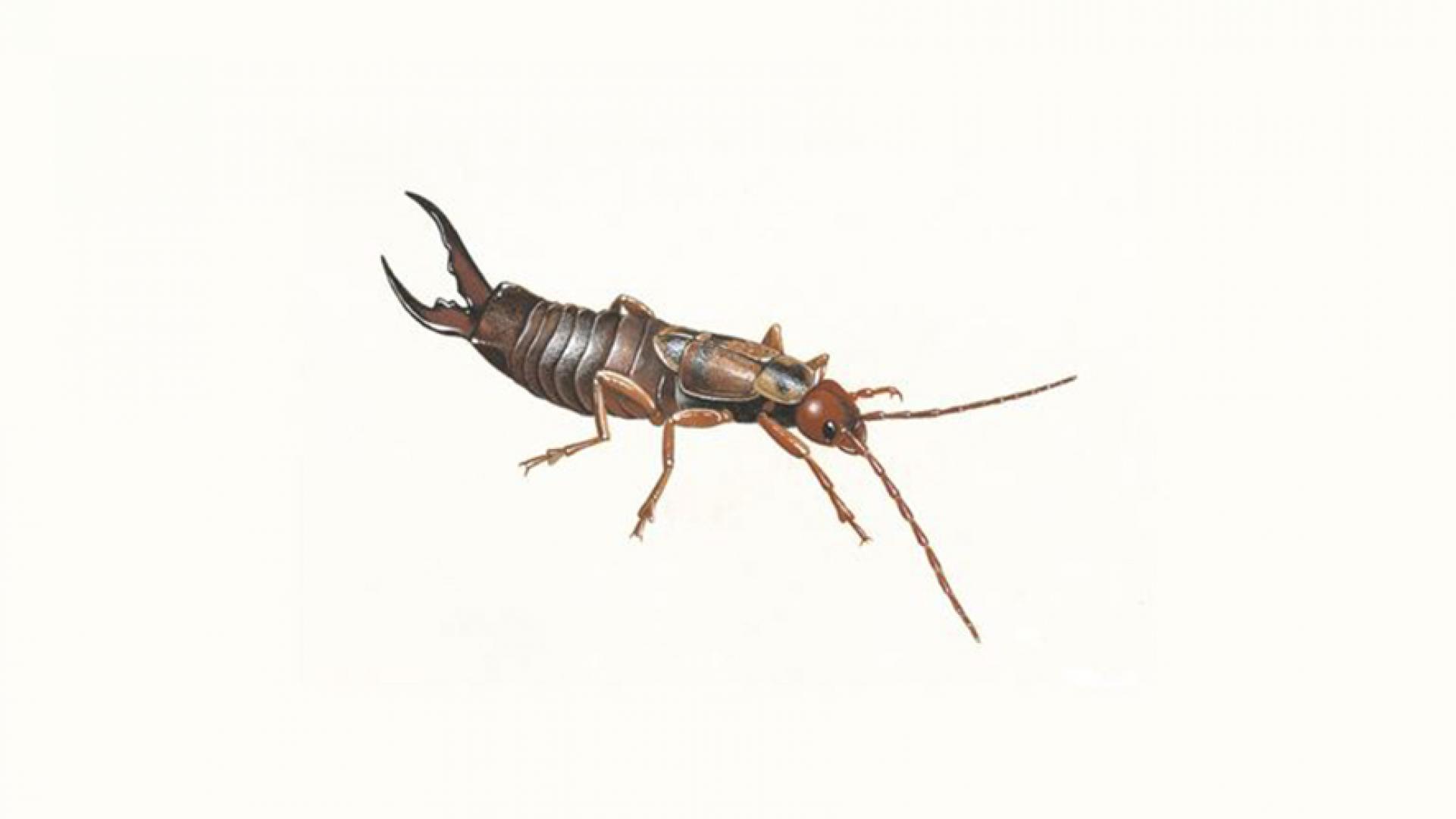EVERY gardener knows the earwig, but how many know anything about this very common little insect?
As soon as one is discovered, the boot goes in. Most people regard them as a piercer of ear drums and a destroyer of flowers; however, if you were to take time to have a good look at an earwig he has some truly fascinating habits.
Yes, they will nibble a few of your prize blooms and will probably investigate your ears if you insist on sleeping on the ground, but no way will they damage your eardrum to gain entry to your brain as people once thought.
The worst they will do is tickle you and there is no reason to fear it. The little fellow is much maligned through fable and misunderstandings.
Earwigs carry a prominent pair of pincers at the ball end. These are primarily for defence, however, if you pick up an earwig by the front end, the pincers will curve round and nip you.
They can excerpt some force. While they won’t hurt you, an inquisitive vole, shrew or hedgehog would understandably be deterred with fear for their tender nose parts.
If any readers have ever seen an earwig fly you are one of the privileged.
Few people have, including myself, but they can fly when they manage to get their wings out.
The front wings are small leathery flaps which you can see just behind the head.
The hind wings, which actually get the insect airborne, are folded behind them.
The small earwig flies more readily than its larger cousin, but although more widely distributed it is rarely noticed.
Compost heaps are its favourite habitat so keep your eyes open for it.
Earwigs eat almost anything that comes in range of their jaws, plant or animal, dead or alive.
They are real scavengers and will even practise cannibalism when food is scarce. They will have a nibble at your growing plants, having a liking for flowers and fruits, but make up for this minor damage by feeding on many small caterpillars and other garden pests including large numbers of aphids.
Larger victims such as flies, are sometimes used to subdue them. Dead insects also make up part of their diet.
Earwigs are nocturnal and spend the daytime tucked up in an assortment of nooks and crannies. Loose bark on trees is a favourite resting place.
They only do very slight damage to flowers and you can reduce this by providing alternative sleeping accommodation.
One method is to stuff flower pots with straw and fix them upside down among the flowers. They will readily take up residence, especially if you daub the straw with jam or honey, and you can release them well away from your flowers in the morning – and no, not among your neighbour’s flowers.
Most insects have no contact with their young but female earwigs are very attentive mothers, caring for their eggs and babies for several months.
They usually mate in the autumn and seek snug winter quarters at the first hint of frost. Most of them hollow out comfortable chambers in the soil under logs and stones.
Being sociable creatures they sometimes consolidate numbers and bed down together in the best sites.
Females lay their eggs in these winter retreats and protect them lovingly by lying over them, licking them to keep mould and bacteria at bay.
The eggs hatch in spring but the mother does not relax her vigilance.
She continues to clean her young in the same way as she cleaned her eggs.
She will even feed them with regurgitated food. Even after the nymphs have left their birthplace in late spring or early summer and start to feed themselves, they keep close to mum and scurry to the shelter of her body if they are disturbed.
The brood usually numbers 20 or 30. They are of a very much paler colouring than the adults and have more slender pincers.
During mid-summer, the family begins to break up and the mother dies after a life span of about 18 months.
No one really knows why they are called earwigs, but several ideas have been put forward.
One is that it is a corruption of ear-wing and refers to the ear like shape of the unfolded hind wings.
On the face of it this seems like a logical explanation but with so few people ever having seen the insects’ hind wing or even knowing of its existence, doubts have been raised.
Another idea is that the name arose from the likeness of their pincers to an instrument used to pierce ladies earlobes and, more recently, men’s.
But the most likely explanation is that the name derived from the insects’ interest in the human ear as a resting place.
We might not get many earwigs in our ears today, but in the past when straw mattresses and thatched roofs were common, such occurrences were undoubtedly an everyday event.
By Dave Moore, a wildlife enthusiast from Hutton Magna






